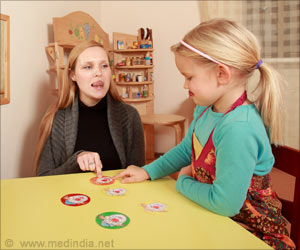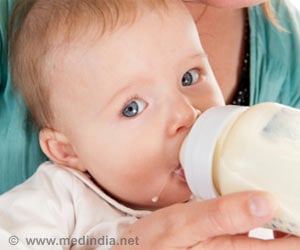Nearly a quarter of New Zealand women have been victims of child sexual abuse before the age of 15, a study reveals.
Apparently the more developed a country is the more is child sexual abuse. For a study by the University of Auckland indicates that about one in four New Zealand women have been victims of child sexual abuse before the age of 15. Twenty three per cent of women in urban areas and 28 per cent in rural areas have experienced some form of sexual abuse as a child, the study says.
In the majority of cases one perpetrator was involved, usually a male family member, and around half of the women had experienced the abuse on more than one occasion. The average age of the victim at the start of the abuse was nine years old, with the average age of the abuser being 30."There is an urgent need for the implementation of programmes for the primary prevention of child sexual abuse, and the provision of support and treatment for women who have experienced child sexual abuse, as well as treatment for perpetrators of child sexual abuse," says Dr Janet Fanslow of the Faculty of Medical Sciences.
"With one in four New Zealand women reporting child sexual abuse, the scale of the problem calls for urgent implementation of programmes to prevent child sexual abuse and to address the impact of child sexual abuse within our communities. Maori women were more likely to report child sexual abuse compared with women from other ethnic groups, highlighting the need for culturally appropriate services."
Only in August last a survey revealed a high rate of violence against New Zealand children and indicated that for every 10 children aged under 13, one had been sexually abused, six have experienced physical abuse, and eight have experienced some form of emotional abuse.
The Massey University study had examined violence from the viewpoint of children, allowing them to report their experiences of violence directly, and in their own words. In the study, 2,077 children, aged 9 to 13 years, from 28 schools of various sizes, geographic areas and socio-economic neighbourhoods were surveyed. They reported the nature, extent, and impact of violence experienced or witnessed by them at home, school or in the community.
College of Education lecturer Dr Janis Carroll-Lind who conducted the survey said, "Often the number of children involved in family violence is masked, as it is seldom recorded statistically and if it does get reported, it is usually recorded only in terms of broader family incidences."
"This study is important because it provides statistics on children's experiences as recipients and witnesses of violence that more accurately identify prevalence and incidence rates involving children and the impact it has on them."
One girl said she attempted suicide twice because of her mother, while a boy reported being punched in the face by his father on Christmas Day: "It hurt me bad and I can't forget it," he said. "It is still in my head every night and I can't help it."
Another told that she was forced to watch as a man made her friend drop her pants then smashed a bottle in the other girl's face.
Dr. Carroll-Lind said that although the study found that sexual violence was less prevalent than physical and emotional violence, this form of violence was rated by most of the children who had experienced it, as having the most profound impact. The incidence rates suggest that for some children the sexual abuse was continuing and was perpetrated by people they knew.
All types of violence involving adults were rated higher than violence involving children. Witnessing violence involving adults also had more impact on children than violence directed at them. This finding highlights, in particular, the adverse effect of family violence on children.
"Except for physical violence, where some children thought they might have contributed to getting hit, punched or beaten, children reported that they were not to blame or that they could not have prevented the violence from happening. How the event is dealt with can affect how children cope. In particular children who reported experiences of sexual violence also reported that people who knew about the incident did not help them to cope afterwards."
Lind also noted, "The study incorporates both the right of children to speak about their experiences as well as the need for adults to listen to what children say. By trying to understand children's own views of their experiences as victims and witnesses and at the same time identifying accurate rates of prevalence and incidence of violence, we can confront the problem of violence in a way that is meaningful and acceptable to them, and in so doing create safer environments for children."
Source-Medindia
GPL/C









